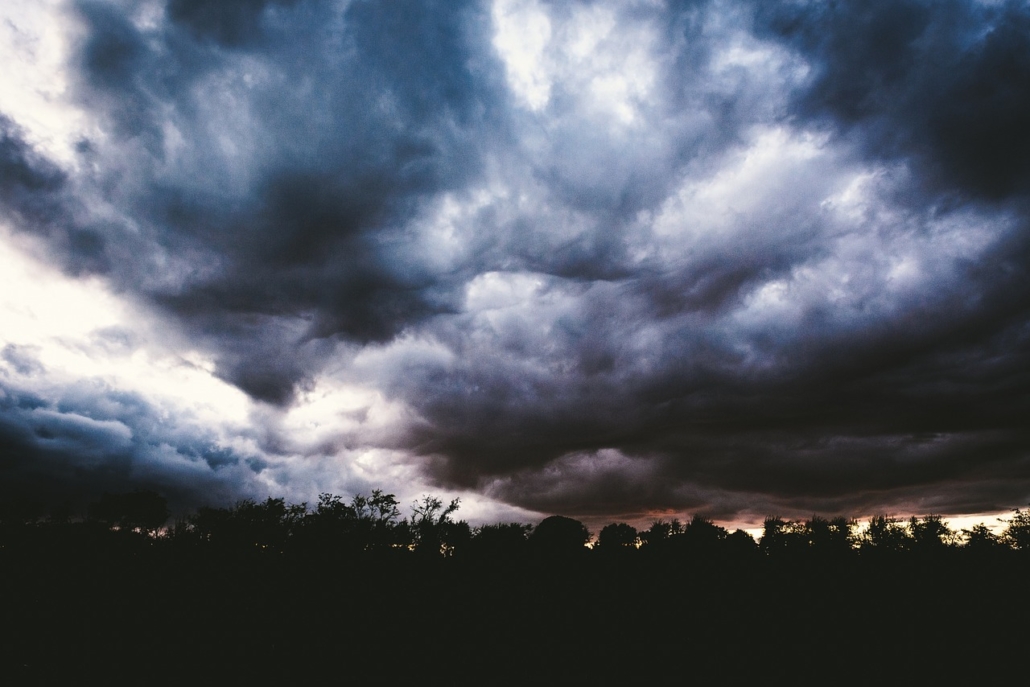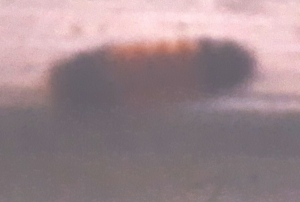SCORES & OUTDOORS: It’s been a strange year weatherwise: but is a pattern developing?

 by Roland D. Hallee
by Roland D. Hallee
It’s always a sad time of the year when we have to close up camp. That is a ritual my wife and I do every year on the last weekend of September. While taking a break during last Saturday’s “just gorgeous” day, we started to rehash the last six months.
It has been a strange summer, with many of the observations we discussed while sitting on the deck. It actually all started back in March and early April. It is said that a 40-year-old maple tree should produce approximately 10 gallons of sap to make maple syrup. I have two trees that I tap in my backyard. This year, those two trees produced 48 gallons of sap. Do the math, it doesn’t add up. They produced more than double what they should have produced.
Then, on to May. We didn’t realize it at the time, but later we would conclude that the black flies this year were not all that bad. And that was followed by a summer when mosquito numbers were down.
Another strange occurrence, we only saw three June bugs in late May and early June. This is compared to some years when, in one particular season, we counted 53 June bugs in one night.
We moved on from there, and noticed that the cicadaes, the insect that “sings” (buzzes) during the hot summer days of July. I, personally, did not hear one until July 26. Remember the old farmers folklore? From the day you first hear a cicadae, we will get the first killing frost 90 days from that time. However, that is not the problem. I probably heard cicadaes less than a half dozen times during the hot days of summer. Unusual. You normally hear them almost every sunny day.
How about the hickory tussock caterpillar? The fuzzy white one with the long black “feelers” that usually show up in abundance in August. If you just make incidental contact with them they can leave you with a rash. I have not seen one yet.

Wooly Bear caterpillar photographed on Sept. 7 at camp. (Photo by Roland Hallee)
Another caterpillar is the wooly bear, which usually predicts the severity of a winter depending on the length of the rust-colored bar on its body, and usually makes its appearance around early to mid September. So far, I have seen one, on the steps to our deck, and its rust-colored stripe was about equal to the black portions of its body. You usually see them crossing the road everywhere. Nothing, so far, this year, but that one.
Over the last couple of weeks, however, we have heard and seen an unusually large number of Canada geese settling on Webber Pond for their break before continuing south.
During August and September, we have gone through an unusually long, hot, dry spell. A time when we are pestered by yellow jackets who are in search of moisture. So far, nothing. I have seen a few small bumble bees going after the flowers’ nectar. But no yellow jackets. I haven’t even seen a nest.
For those of you who have taken vacation time to go leaf peeping, it’s not happening at the same time this year. Have you noticed that, here in early October, the trees have barely started to change colors. Most of the color you see is brown, which means the leaves are dead and will merely fall off the trees without changing to those spectacular colors. Also, if you own pine trees, which I have three, the needles have been falling in mass quantities all year. It’s impossible to keep up with them.
One other thing that remained constant were the hummingbirds arriving and departing on time, and being overrun by the harvestmen (daddy long legs).
Things, overall, just don’t seem right in 2018. But, following some research of my journal, I found we had a very similar summer in 2015. Maybe not as hot and humid, but very similar with respect to natural activities.
You can probably blame it on climate change; el Nino, el Nina or polar vortex, but it’s just not normal. However, two almost identical summers within a four-year span could spell the beginning of a pattern. I’ve heard many predictions on our upcoming winter. I don’t believe any of them. I will continue to get ready for a “Maine winter.” The oil tank is full, snowblower tuned up, and shovels ready to go. Are you?
Roland’s trivia question of the week:
Which Red Sox pitcher gave up the most career home runs?
Responsible journalism is hard work!
It is also expensive!
If you enjoy reading The Town Line and the good news we bring you each week, would you consider a donation to help us continue the work we’re doing?
The Town Line is a 501(c)(3) nonprofit private foundation, and all donations are tax deductible under the Internal Revenue Service code.
To help, please visit our online donation page or mail a check payable to The Town Line, PO Box 89, South China, ME 04358. Your contribution is appreciated!


Leave a Reply
Want to join the discussion?Feel free to contribute!